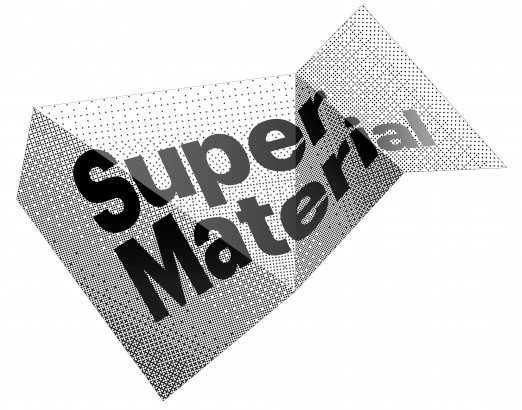There may be a new substitute for silica-based glass, and it comes from an unlikely source. Led by Prof. Lars Berglund, researchers at Sweden's KTH Royal Institute of Technology have successfully managed to remove components from wood in order to make it transparent.
The process consists of the researchers chemically removing lignin from natural wood fibers. The leftover material was then mixed with prepolymerized methyl methacrylate which altered the refractive index of the mixture, making it transparent.
The result of this discovery could be cheaper production of glass coming from a renewable source. The positives don’t stop there, Berglund says "It also offers excellent mechanical properties, including strength, toughness, low density and low thermal conductivity."
Wood has been turned into transparent material before, the substrate for wood-based computer chips has been created using nanofibrillated cellulose, but the new process developed by KTH is said to be more applicable to large scale and mass production.
The next step for the researchers is to scale up the manufacturing process and to increase the transparency of the finished product.
You may also like:
How bacteria makes self-healing concrete a living reality
Concrete construction on Mars a possibility with development of sulfur concrete
Concrete disease discovery may lead to new materials
Turning Carbon Dioxide into a new, sustainable CO2NCRETE
Smart windows inspired by moth eyes

